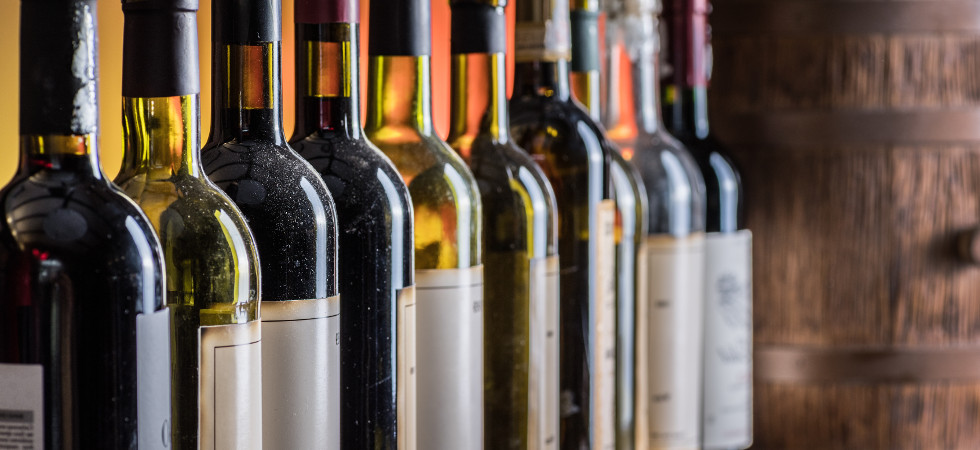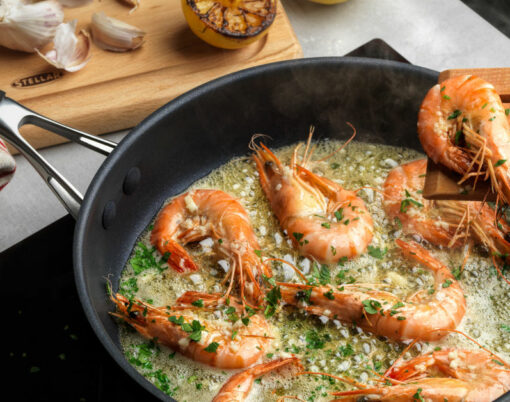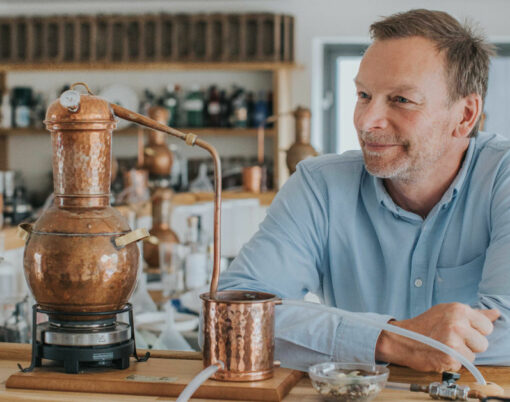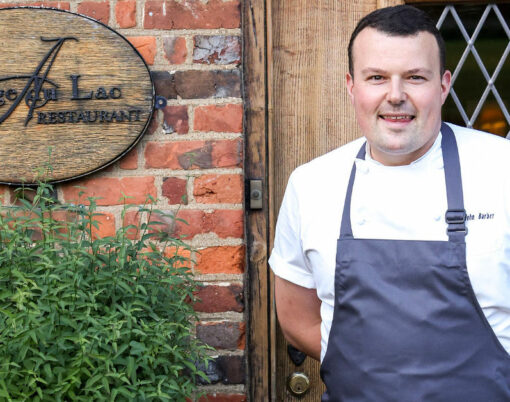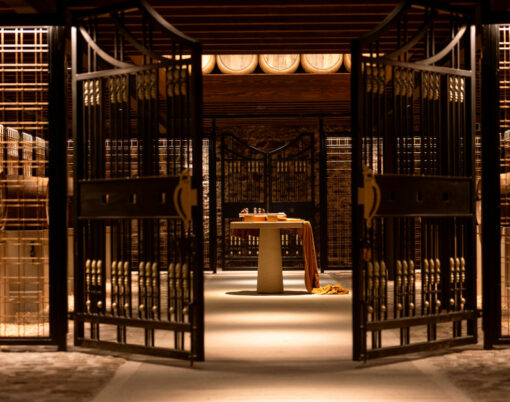Looking for a smart way to invest that spare chunk of money you’ve got sitting in the bank? Fine wines could offer just the opportunity you are looking for, and with one of the best performing asset classes of the last 20 years, those who choose to take the chance are likely to see impressive returns in the years ahead.
In today’s market, wine investments are consistently outperforming traditional investments such as stocks and shares, property and commodities, with higher returns and relatively low risks making them an attractive prospect. Although less than 1% of the world’s wine is considered to be investment grade, demand for it continues to grow – so if you put your money into the right bottles, you could soon be heading for that early retirement you’ve always dreamed of.
The fine wine industry is growing, and recent trends have seen the market demand move firmly away from a heavy reliance on Bordeaux, diversifying into other areas. So far, this has included an emergence in China and in the orchards of Tuscany and California. This rise in the number of challengers has seen a more competitive marketplace begin to flourish, and clued-up investors are already beginning to take note.
In October 2018, A bottle of 1945 French wine was sold for a record-breaking £424,000 at auction. The Romanee-Conti – widely considered the planet’s finest Burgundy – was bought for 17 times its estimated worth at Sotheby’s in New York. Immediately becoming the most expensive wine in the world, it smashed the previous high-mark for a standard bottle: a 1869 Chateau Lafite Rothschild, which sold for a comparatively inexpensive £177,000 in Hong Kong in 2010. In 2019, we can expect to see sales like these become even more commonplace, making it a better time than ever to put your money where your mouth is and raise a glass to the profits that will soon be coming your way.
As with any investment, there are of course associated risks, but to help get you on the path to success, we sat down with Daniel Carnio, an expert at leading wine investment company, Oeno Future, to find out his top eight tips.
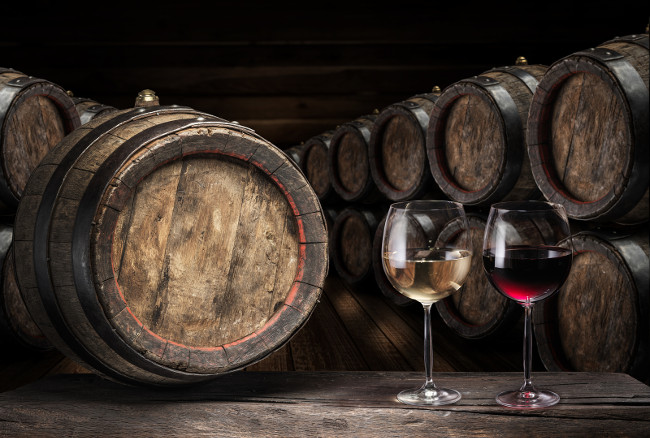
Be aware of the risks
As with all investments, ploughing your funds into wine comes with hidden risk, and a bubble in the market has the potential to throw a spanner in the works for those hoping to turn a profit. Although there has been talk around the California market currently going through such a period, many wines from the area are still providing some amazing investment opportunities. The secret? Don’t buy only the most expensive – look for wines that fly under the radar instead.
Don’t focus your investment on one area alone
Bordeaux has always been the most important areas for sourcing wine for investment, and some might suggest that you stick to it. Certainly, it has the greatest likelihood of turning over a good and steady profit margin – and in fact, Bordeaux Grand Cru Classés account for the largest part of the investment-grade market for fine wine at around 75 per cent.
Even so, it is worth setting aside some spend for wines from other countries such as Italy, California, Spain and Australia; Super Tuscan wines such as Sassicaia, Ornellaia and Tignanello have performed very steadily in recent years, while a few of the ultra-rare micro-production Californian cult cabernets, such as Screaming Eagle, have also significantly increased in value. Such wines tend to be more difficult to source than their Bordeaux counterparts, but could prove a savvy choice if demand continues to grow.
Mixing a wine investment portfolio with other equities, bonds, real estate and commodities is also a smart way to do business. The Liv-ex 1000 index (London International Vintners Exchange) is the global fine wine market, providing trading, settlement and data services to wine merchants around the world. It closed 2018 with a gain of 10% when compared with 2017, showing that having a spread around your portfolio is a savvy way to do business.
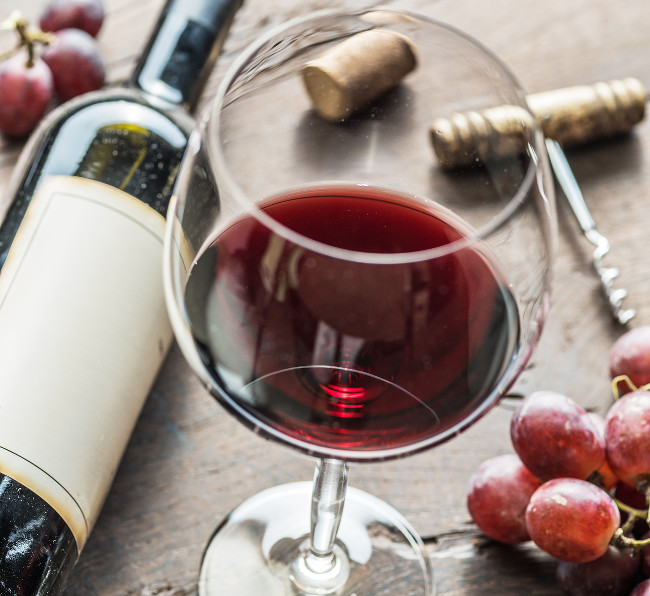
Ensure provenance is guaranteed
If a wine’s provenance — its source, life cycle and storage — isn’t pristine, not even the finest vintage from the grandest of grand crus can be saved, so for serious wine collectors, provenance is vital. The best wines develop character with age, but in order to do so, they need to evolve in optimum conditions. If a wine is destined to be consumed in 20 or even 50 years’ time, it needs to be stored professionally and correctly and in the right conditions for it to flourish so that its future value is guaranteed when the time comes to sell.
The best way to prove unquestionable provenance is to store fine wine in wooden cases ‘in bond’ (IB) – in other words, in a bonded, ‘duty-paid’ warehouse such as Octavian Vaults or London City Bond. Bonded warehouses offer the optimum environment for storage, with temperature, humidity and other microclimatic factors carefully regulated to ensure your investment is kept safe.
Burgundy rather than Bordeaux
Bordeaux may be the traditional choice when it comes to investing in fine wines, but Burgundy’s wine reputation has risen steadily over the years to the point where it is fast becoming a rival.
Unlike Bordeaux wines, where a mixed blend of grape is integral to the unique taste so associated with the region, Burgundy’s Romanée-Conti – one of the most sough-after appellations in the world – relies singularly on the Pinot Noir grape for a taste founded in purity, richness and simplicity which is a fruitful choice when investing in wine.
Investment of fine wine delivers, on average, annual compound growth rates of between 10-20 percent. With such attractive figures, the likes of Château Margaux and Romanée-Conti are an exceedingly good place to start.
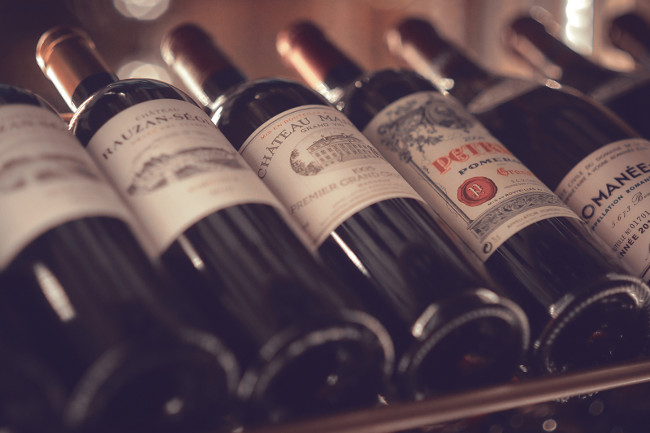
Beware of illiquidity
It’s worth bearing in mind the liquidity of an investment, and despite being a highly sought-after beverage, wine investments are ironically deemed to be rather ‘illiquid’. Whilst Coutts Bank sees important value in passion assets and their financial sense as part of a more diversified portfolio, it recognises that collectibles “are illiquid, have especially high unit costs and are distinct in terms of their performance.’’ After all, it reasons, “You can’t pay your bills using a tenth of a Matisse.”
Of all passion assets, fine wine is one of the most liquid and to liquidate a sizeable fine wine portfolio typically takes around 4-12 weeks. With this in mind, it is wise not to commit capital to an investment in this market that you might need back in the days that follow – as you quite simply won’t be able to get it.
Be prepared to take a mid – long-term view
Wine is an asset that performs best on medium to long term, so plan accordingly. Fine-wine investment has almost always produced positive absolute returns in every five-year holding period, ever since the first recorded, back in 1999.
The best investment-grade wines are produced in small quantities and it’s the demand-supply imbalance caused through their consumption that drives prices higher over time. With only a finite number of bottles in existence, and wines becoming rarer and more desirable as they mature and improve, prices are pushed even higher again – so plan to invest for the long-haul if you can, or for a minimum of 3-5 years.
Avoid getting emotionally involved
When in investing in fine wines, it is important to remain objective and not allow yourself to be swayed by your own personal taste. You may enjoy drinking a particular type of wine, but that doesn’t necessarily make it a profitable choice – remember, the aim here is not to drink the wine, but to make money from it.
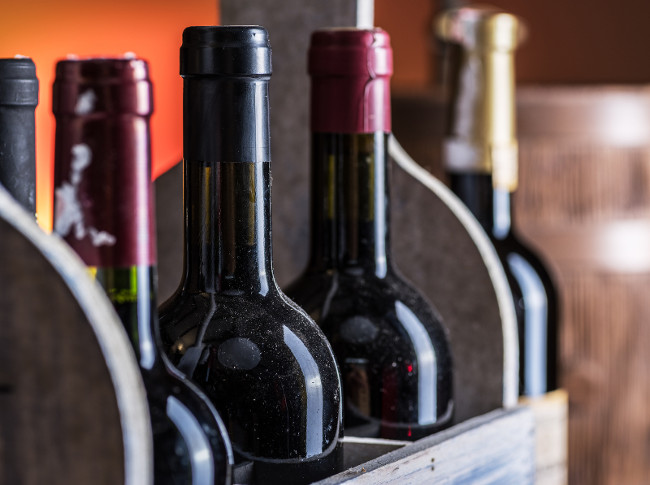
Diversification is the key
If you invest, say, £150,000, you can either have a diversified portfolio of around 25 different wines from various regions, vintages and qualities, thus mitigating the investment risk, or you can have a single case of Domaine de la Romanée-Conti (DRC) – so which is the safer option? As the saying goes, it’s unwise to put all your eggs in one basket, and so the former is almost certain to be a more sensible bet.
Be aware of the global economy
Looking at the predictions for the global economy for 2019 and the fluctuation and volatility in the market, now is the time to start your wine collection – or to increase the one you already have.
Wine is not influenced directly by any other asset, so it is a great way to diversify your portfolio and protect yourself from the unpredictability elsewhere.
Keep on top of market price
And finally, if there is one parameter that can’t be stressed enough, it’s the importance of market price. The return on your wine investment is influenced by the market price, so take note and avoid paying over the odds. Doing so will diminish the tidy profit you might have otherwise made when selling, so be sure to consult the market before making your first purchase.
OenoFuture provides a complete and personalised advisory service for both novices and experienced collectors in Fine Wine. You have the choice of relying on their expertise to guide you all the way or, alternatively, to accept their invitation to build your own understanding and experience of Fine Wines as an investor and collector through their educational and tasting events and winery tours.












